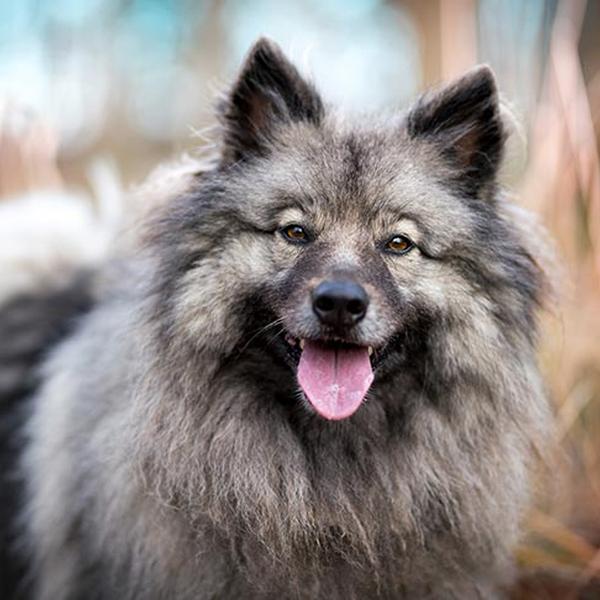Shug vs. Keeshond: Breed Differences and Similarities
Hypoallergenic
Are Shugs or Keeshonds hypoallergenic, or neither?
Unfortunately, neither Shug nor Keeshond are hypoallergenic, which may not make them the best choice for dog lovers who suffer from pet allergies.
Temperament
What are the personalities of Shug and Keeshond dogs?
Curious
Playful
Alert
Courageous
Intelligent
Confident
Friendly
Affectionate
Obedient
Loyal
Gentle
Going
Watchful
Cheerful
Agile
Obedient
Quick
Intelligent
Bright
Playful
Sturdy
Shedding Level
Do Shugs shed more than Keeshonds, or which breed sheds more, Shugs or Keeshonds?
Shug or Keeshond dogs are extremely heavy shedders, they will lose a large amount of hair each year. To decrease the amount of shedding, you can regularly brush your Shug or Keeshond.
Watchdog Ability
Which dog breed makes a better watchdog, the Shug or Keeshond?
Avoid Shugs as watchdogs - they're not effective.
Keeshonds make excellent watchdogs - they're vocal and protective of their territory.
Ancestry
What are the origins of Shug and Keeshond breeds?
German Shepherd, Pug
Samoyed, Chow Chow, Finnish Spitz, Norwegian Elkhound, Pomeranian
Date of Birth
When were Shug and Keeshond breeds first developed?
Unknown
1700s
Eye Color Possibilites
What are the eye colors of Shug and Keeshond dogs?
Hazel
Brown
Brown
Nose Color Possibilites
What are the natural nose colors of Shug and Keeshond?
Black
Black
Coat Color Possibilites
What are the natural colors of the coat for Shug and Keeshond breeds?
Black
Brindle
Fawn
Cream
Black
Gray
Fawn
Silver
White
Sable
Brindle
Coat Length
What is the typical coat length for Shug and Keeshond breeds?
Shugs have coats that can be either short or medium in length.
Keeshonds have longer coats compared to most dogs.
Coat Density
What is the density of the coat of Shug and Keeshond?
Coat Texture
What is the hair texture of Shug and Keeshond?
Wiry
Straight
Litter Size
What is the usual litter size for Shug and Keeshond?
A Shug can have a litter of 6-10 puppies on average. However, it's worth noting that the size of the litters can vary greatly. Factors that can influence litter size include the health of the mother, breeding history, and genetics.
A Keeshond can have a litter of 12-14 puppies on average. However, it's worth noting that the size of the litters can vary greatly. Factors that can influence litter size include the health of the mother, breeding history, and genetics.
Adaptability
Shug and Keeshonds are known for their adaptability and versatility. They are capable of adapting well to a wide range of lifestyle changes and living environments, making them great companions for families and individuals of all lifestyles.
Health Issues
Between Shug and Keeshond, which breed is more prone to health problems?
The Shug breed is generally very healthy, requiring minimal vet visits. Still, it's important to keep an eye on their health and seek veterinary care when needed.
While the Keeshond breed is generally healthy, occasional vet check-ups are still necessary to address any health concerns.
Major Concerns
What are the major health concerns for Shug and Keeshond breeds?
Hip And Elbow Dysplasia
Gastric Dilation Volvulus (GDV) or Bloat
Renal Cortical Hypoplasia
Hip Dysplasia
Mitral Valve Disease
Heart Disease
Minor Concerns
What minor health issues should be kept in mind when owning Shug and Keeshond?
Allergies
Brachycephalic Syndrome
Patellar Luxation
Epilepsy
Skin Problems
Congenital Heart Defect
Occasional Tests
What occasional tests are recommended for Shug and Keeshond breeds?
X-Rays
Respiratory Tests
Blood Tests
Full Body Physical Examination especially of the joints
Cardiac
Eye
Hip
X-Rays
Eye Examination
Physical Examination
Energy
How do the energy levels of Shugs and Keeshonds compare?
Shugs have low energy levels, ideal for a relaxed lifestyle.
Keeshonds' high energy levels make them unsuitable for a low-key dog, choose accordingly.
Social Needs
Shug vs Keeshond social needs comparison
Shug and Keeshond have above average social needs compared to other breeds. They thrive in environments where they have a lot of interaction with humans and other dogs.
Exercise Needed
Shug vs Keeshond exercise need comparison.
The Shug and Keeshond breeds are breeds that require minimal physical activity to maintain a healthy lifestyle. They are ideal for people with busy lifestyles, elderly people or those who have limited mobility. They also make great pets for those who live in small apartments or have limited outdoor space.
Sleeping Need
Which of the two sleeps the most/least: Shug or Keeshond?
Shug and Keeshond dogs tend to sleep less than some other breeds, but it's still important for them to get adequate sleep in order to maintain good health.
Tendency to Bark
Do Shugs or Keeshonds bark more/less frequently?
Shugs bark moderately when necessary and may also bark due to certain triggers like fear, alarm, boredom, greeting, separation anxiety and compulsive barking.
Keeshond dogs bark and howl frequently and are not recommended for quiet homes.
Mouthiness
Mouthiness Comparison: Shug vs Keeshond?
Roaming urge
Shug vs Labrador: Running away tendency?
Prey Drive
Shug or Keeshond - which breed has a higher level of prey drive?
Past times
What are some enjoyable activities and ways to keep Shug and Keeshond entertained?
Walks, Walks dog parks, Cuddli, Playing fetch, Tracking, Hide and seek, Walking, Cuddling, Training, Water, Feeding, Tug-of-war, Walk
Walk, Run, Frisbee, Play, Fetch, Eating Snacks, Chewing, Playing, Sniffing, Heel
Activity Level
Which breed has higher energy, Shugs or Keeshonds?
Both Shug and Keeshond are medium-energy dogs that enjoy socializing and playing with other dogs. They may engage in casual or sustained games of chase, and occasionally have bursts of barking or racing around the house.
Tolerance of being left alone
Walks per Week
How many miles should Shug or Keeshond walk each week?
There's really no limit to how far you walk your dog as long as they're comfortable. For Shug, it's at least 9 miles / week. Just remember to build distance and stamina gradually over time.
There's really no limit to how far you walk your dog as long as they're comfortable. For Keeshond, it's at least 8 miles / week. Just remember to build distance and stamina gradually over time.
Activity per Day
Do Shugs or Keeshonds require more exercise?
In general most Shugs usually need at least 45 minutes of exercise daily. This can be spread across the day and include all sorts of high-energy activities, like walking, running and playing.
In general most Keeshonds usually need at least 60 minutes of exercise daily. This can be spread across the day and include all sorts of high-energy activities, like walking, running and playing.
Grooming
Which breed is easier to maintain in terms of grooming, Shugs or Keeshonds?
The Shug has low grooming needs and is easy to maintain.
Keeshonds require significant grooming, including regular trims and professional grooming assistance to maintain their coat. They may also require frequent bathing to keep their coat and skin healthy.
Brushing Frequency
What is the recommended brushing frequency for Shug and Keeshond dogs?
Shug should be brushed at least once a week. Of course you can give them more frequent brushes if you find that they are still shedding a lot
Ideally, Keeshond should be brushed at least 2 or 3 times a week (preferably daily) improve shedding.
Brushing Tools
What brushing tools are used for Shugs and Keeshonds?
Pin Brush
Nail Clipper
Pin Brush
Slicker Brush
Comb
Nail Clipper
Cups
How much food should be given to Shug or Keeshond in cups?
For an average 45-50 pound (20 - 23 kg) Shug feed 2 cups daily. But, keep in mind, the amount you feed is going to be dependent on the quality of the food you are feeding.
For an average 35-45 pound (16 - 20 kg) Keeshond feed 2.5 cups daily. But, keep in mind, the amount you feed is going to be dependent on the quality of the food you are feeding.
Daily Cost
Which breed has a higher daily cost, Shug or Keeshond?
The average cost of a Shug is somewhere $1.70 - $2.00 per day.
The average cost of a Keeshond is somewhere $2.50 - $3.20 per day.
Monthly Cost
Which breed has a higher monthly cost, Shug or Keeshond?
The average per month expenses of a Shug is between $48 - $63. This makes an average of $576 - $756 per year. It will be on the higher side when the dog is still small because it will need more frequent visits to the vet, shots.
The average per month expenses of a Keeshond is between $84 - $95. This makes an average of $1008 - $1140 per year. It will be on the higher side when the dog is still small because it will need more frequent visits to the vet, shots.
Intelligence
Comparing Intelligence: Shugs vs Keeshonds
Shug is an independent and stubborn breed with low obedience intelligence, making training a test of patience.
Keeshond is a very intelligent and trainable breed.
Sensitivity Level
How do Shug and Keeshond compare in sensitivity?
This breed is sensitive and requires gentle handling and a calm home environment.
This breed is sensitive to its environment and best suited for patient and understanding families with a consistent routine.
Affection Dependance
Which is the more affectionate dog breed: Shug vs Keeshond?
Apartment Friendly
Which breed is more apartment-friendly: Shug or Keeshond?
The Shug is a great apartment dog, thriving with sufficient exercise and time outside as part of their daily routine.
Keeshonds are good apartment dogs as long as they get enough exercise and stimulation outside of the apartment.
Child Friendly
Do Shugs or Keeshonds have a friendlier temperament towards children?
Shugs make excellent family pets for kids due to their gentle, protective nature and calm temperament.
Keeshonds are good with kids if socialized and trained from a young age.
Senior-friendly
Which dog is more suitable as a pet for the elderly - Shug or Keeshond?
Cat Friendly
Do Shug or Keeshond breeds have a better compatibility with cats?
Shugs and Keeshonds are one of the best dogs for cats. They accept cats readily as part of the family. However, this dog breed should be trained to not chase after the kitty early on
Dog Friendly
Which breed is more sociable with other dogs: Shug or Keeshond?
Shugs and Keeshonds are friendly, active and loyal companions. They generally love to be around other dogs, making them a good family pet for some.
Pet friendly
How do Shug or Keeshond dogs interact with other pets?
Stranger Friendly
Which breed is more friendly with strangers: Shug or Keeshond?
Shug and Keeshond are known to be very friendly around strangers.
Playfulness
Which breed is more playful between Shug and Keeshond?
Shug and Keeshond have an average level of playfulness. Like other dogs, they enjoy playing, but they are not the most playful dog breed.
Trainability
How do the trainability levels of Shugs and Keeshonds compare?
Shug and Keeshond dogs are usually easy to train, but may require consistency to fully obey commands.
Compare Shug with other breeds
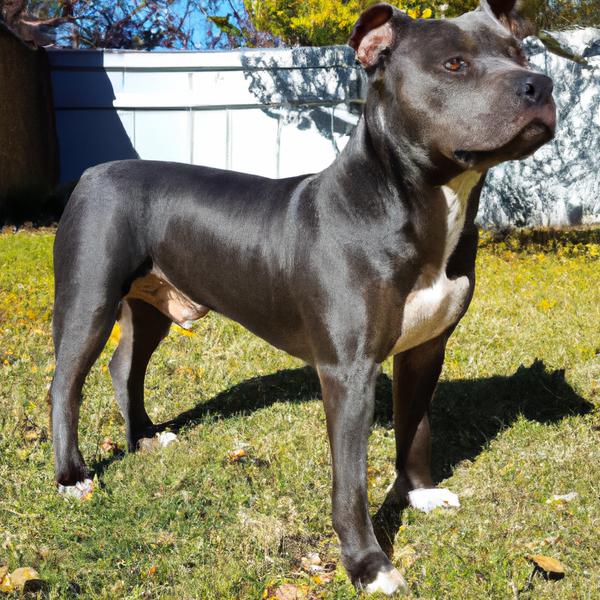
Bullypit
Shug vs Bullypit
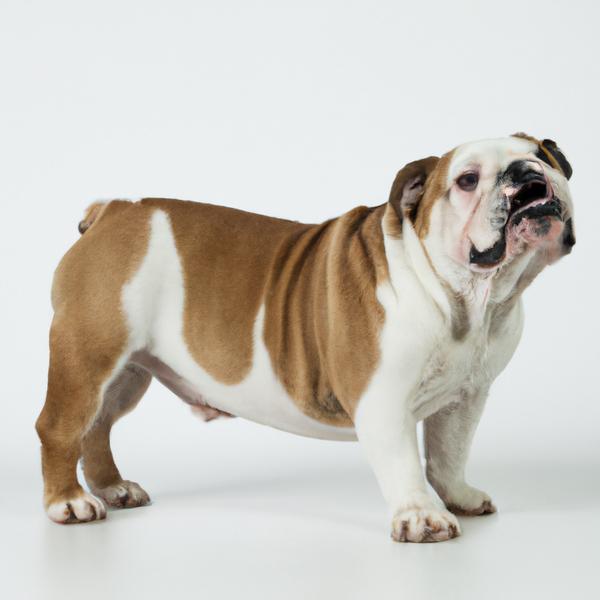
Miniature English Bulldach
Shug vs Miniature English Bulldach
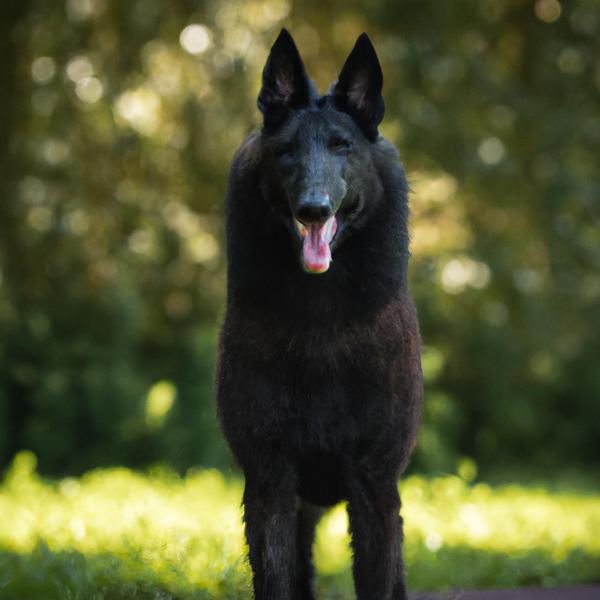
Belgian Sheepdog
Shug vs Belgian Sheepdog
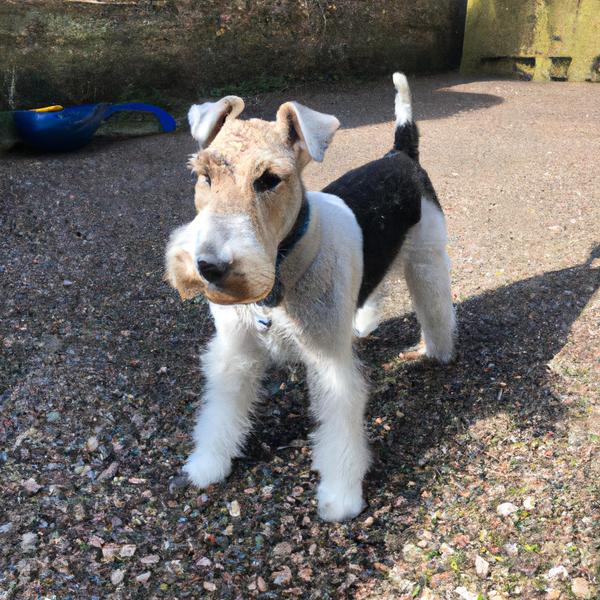
Mini Scottish Fox Terrier
Shug vs Mini Scottish Fox Terrier

Pugapoo
Shug vs Pugapoo
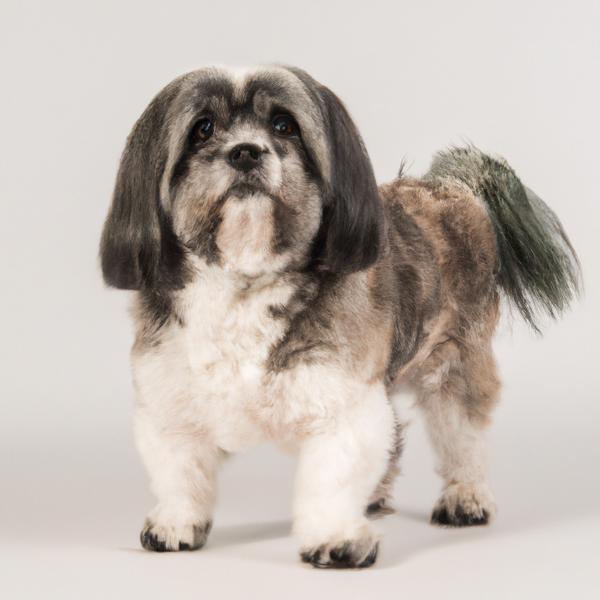
Havapeke
Shug vs Havapeke
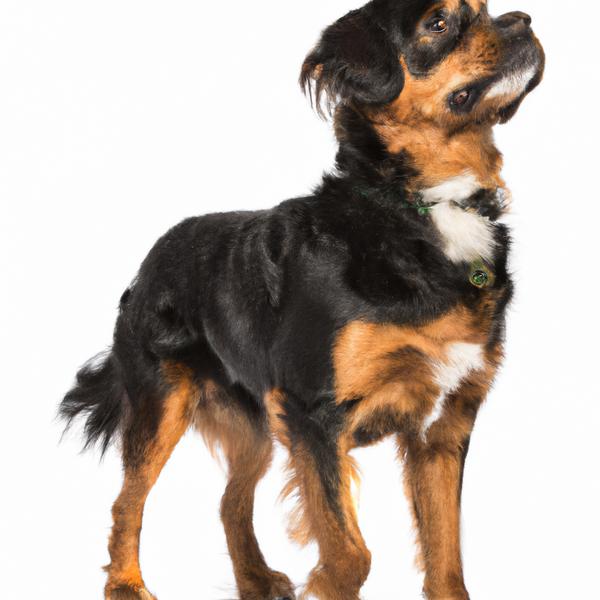
Brussalier
Shug vs Brussalier
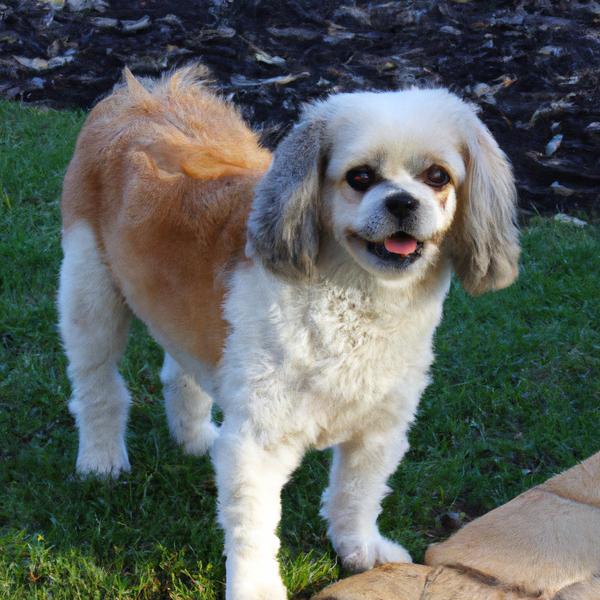
Cavapom
Shug vs Cavapom
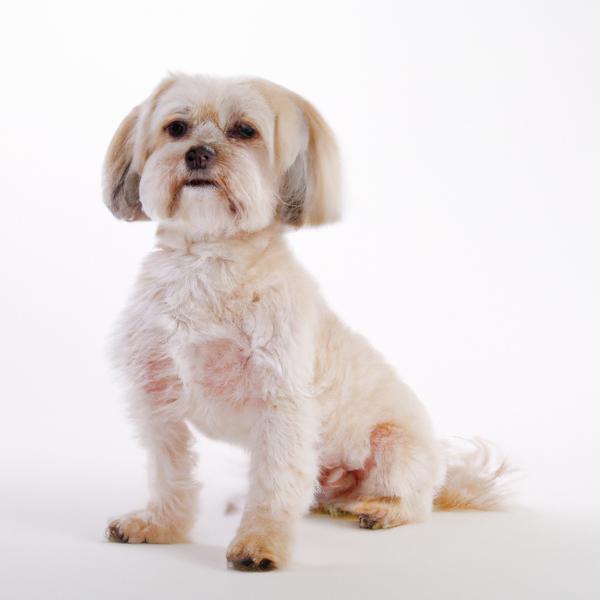
Wee-Chon
Shug vs Wee-Chon
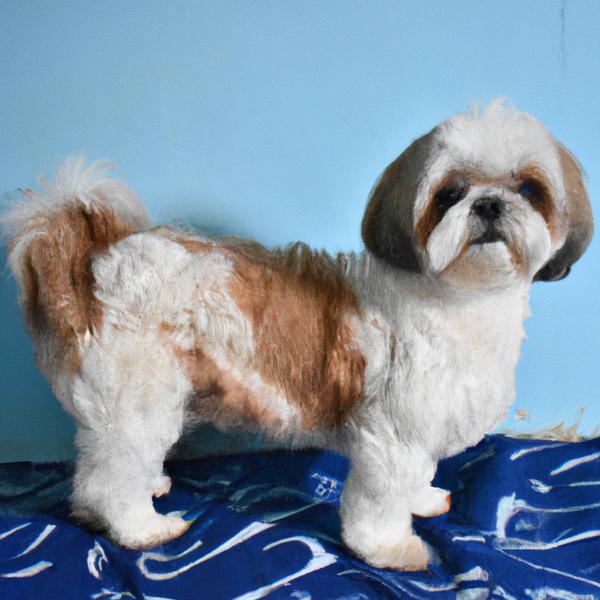
Chi Apso
Shug vs Chi Apso
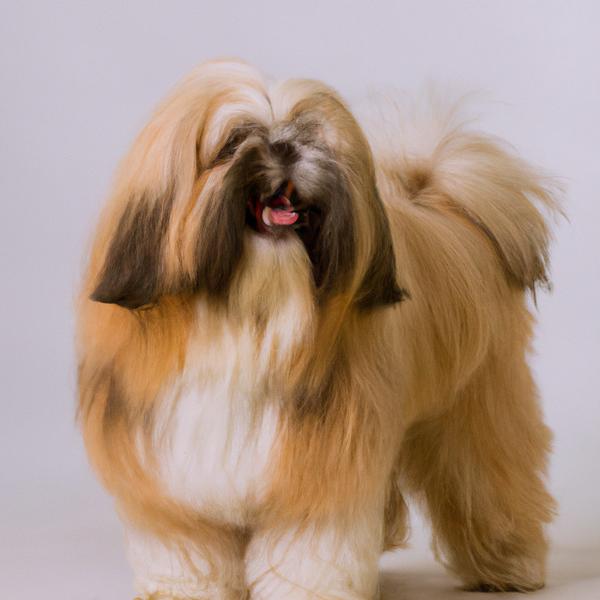
Shar Tzu
Shug vs Shar Tzu
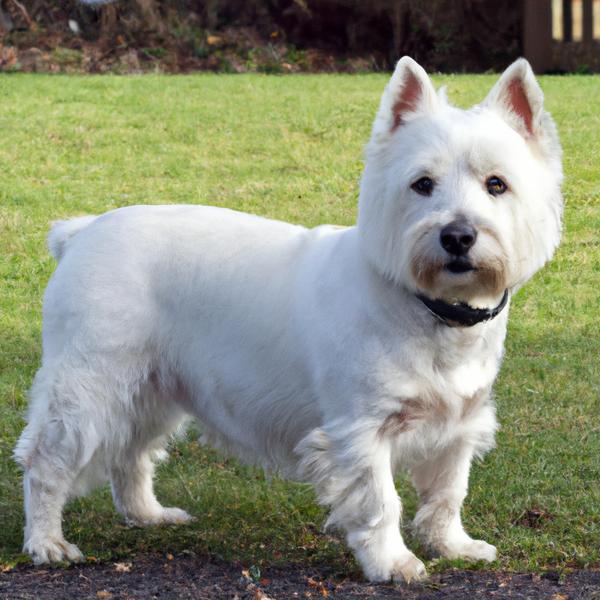
West Highland White Terrier
Shug vs West Highland White Terrier

